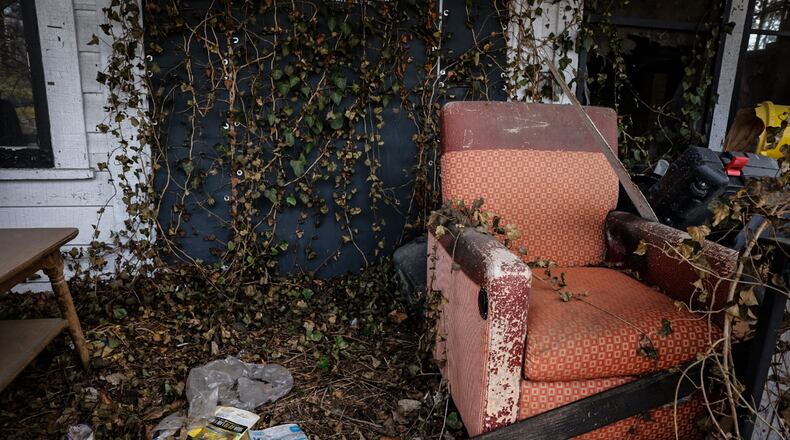Here are six key findings from our investigation:
1. Roughly 18% of the nuisance properties had owners listed with addresses outside of Ohio.
2. More than half of the properties on the list owed at least $10,000 in back taxes. Out-of-state owners accounted for 22% of the total $19.2 million tax delinquency. The most delinquent properties had tens of thousands of dollars in unpaid tax bills.
3. Nearly a quarter of the nuisance properties appear to be owned by companies.
4. Since 2020, at least 382 of the properties have sold or changed hands.
5. Combined, the residential properties on the nuisance list owed more than $17.5 million in delinquent taxes, while the commercial properties owed about $1.5 million. The considerable back taxes owed on many of the properties creates an obstacle to selling or developing them.
6. The overwhelming majority of Dayton residents — about 80% — think abandoned homes, blight and decay are an important issue, and more than half of residents think the issue generally is being poorly addressed (58%), according to the results of a citywide survey that were released this month. Daytonians’ view on the condition of quality in their neighborhood is worsening, the survey found.

